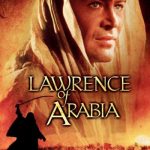The Last of the Mohican (1992)
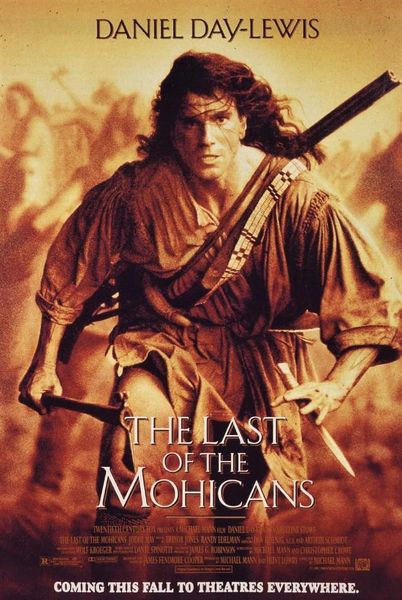
“The Last of the Mohicans”: A Stunning Historical Epic Directed by Michael Mann
Released in 1992, “The Last of the Mohicans” is a visually breathtaking historical epic directed by Michael Mann, based on James Fenimore Cooper’s classic novel. This film masterfully combines romance, action, and drama set against the backdrop of the French and Indian War in the 18th century. With a talented cast led by Daniel Day-Lewis, Madeleine Stowe, and Russell Means, “The Last of the Mohicans” has garnered critical acclaim for its powerful performances, stunning cinematography, and emotionally resonant storytelling.
The story follows Hawkeye (Daniel Day-Lewis), a white man raised by the Mohican tribe, as he navigates the complexities of a war-torn landscape. Set in the midst of the conflict between the British and French forces, Hawkeye becomes embroiled in the struggle for survival when he meets Cora Munro (Madeleine Stowe), the daughter of a British Colonel. As the war intensifies, Hawkeye and his adopted Mohican family, Chingachgook (Russell Means) and his son Uncas, strive to protect Cora and her sister Alice from the dangers posed by both the enemy and treacherous allies. The film explores themes of honor, loyalty, and the clash of cultures, all underscored by the personal sacrifices made in the name of love and duty.

Michael Mann’s direction is characterized by a meticulous attention to detail and a commitment to authenticity. The film’s cinematography, helmed by Dante Spinotti, is particularly noteworthy, capturing the raw beauty of the American wilderness. Mann’s use of natural lighting and sweeping landscapes creates a visceral experience that immerses the audience in the historical setting. The action sequences are expertly choreographed, blending intense combat with emotional stakes, making each moment impactful.
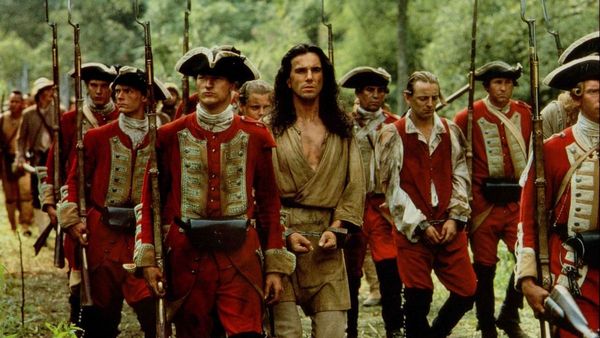
“The Last of the Mohicans” is primarily classified as a historical drama, but it also incorporates elements of action and romance. The film delves into significant themes such as the struggle for identity, the brutality of war, and the complexities of cultural interactions. Hawkeye’s character embodies the tension between his white heritage and the Native American culture that raised him, highlighting the film’s exploration of belonging and loyalty. The romantic relationship between Hawkeye and Cora serves as a central emotional anchor, illustrating the personal costs of conflict amidst the larger historical narrative.

Daniel Day-Lewis delivers an unforgettable performance as Hawkeye, seamlessly blending strength, vulnerability, and charisma. His portrayal captures the character’s internal conflicts and deep sense of honor, making him a compelling hero. Madeleine Stowe shines as Cora Munro, embodying strength and resilience in a time of crisis. Russell Means brings depth to the role of Chingachgook, representing the wisdom and tragedy of a vanishing culture. The chemistry among the cast enhances the film’s emotional resonance, drawing viewers into their journey.
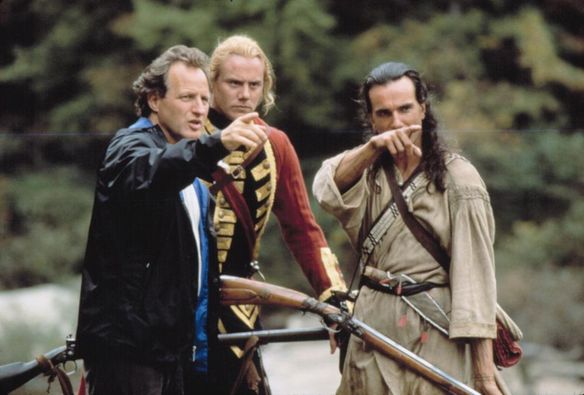
TM and Copyright © 20th Century Fox Film Corp. All rights reserved.
Upon its release, “The Last of the Mohicans” received critical acclaim and commercial success, praised for its cinematography, performances, and score by Trevor Jones and Randy Edelman. The film has since become a beloved classic, often regarded as one of the finest adaptations of Cooper’s work. Its sweeping narrative and emotional depth have solidified its place in cinematic history, influencing subsequent portrayals of Native American stories and historical epics.
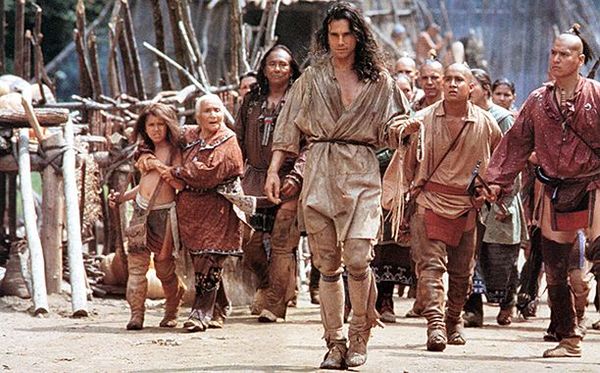
In conclusion, “The Last of the Mohicans” is a remarkable film that captivates audiences with its powerful storytelling and stunning visuals. Directed by Michael Mann, the film explores themes of loyalty, love, and the clash of cultures against the backdrop of a tumultuous historical period. With strong performances, breathtaking cinematography, and a compelling narrative, “The Last of the Mohicans” stands out as a significant achievement in cinema, continuing to resonate with viewers and inspire discussions about history and identity. Its legacy endures, reminding us of the complexities of our shared past and the enduring power of love amidst conflict.











